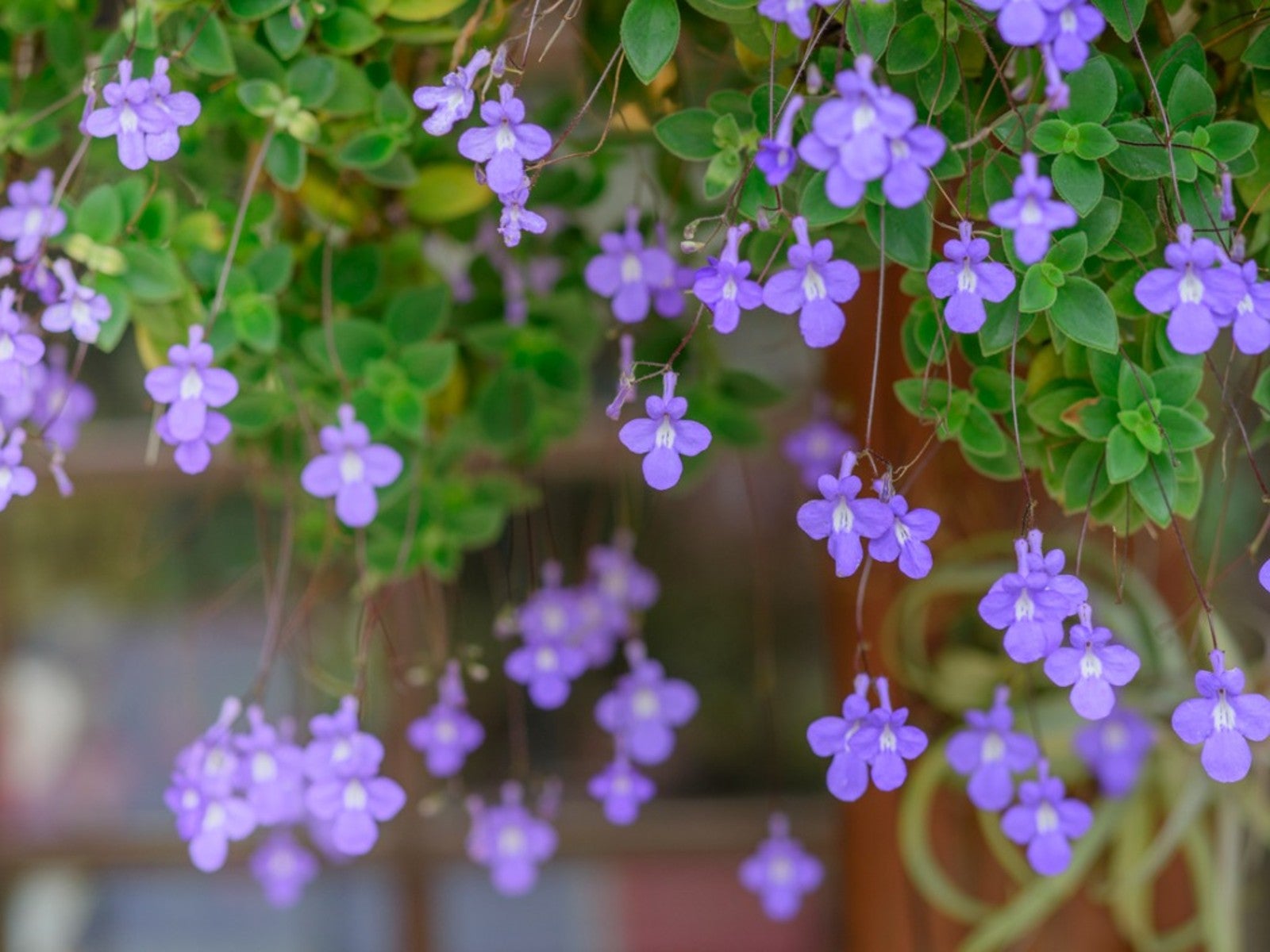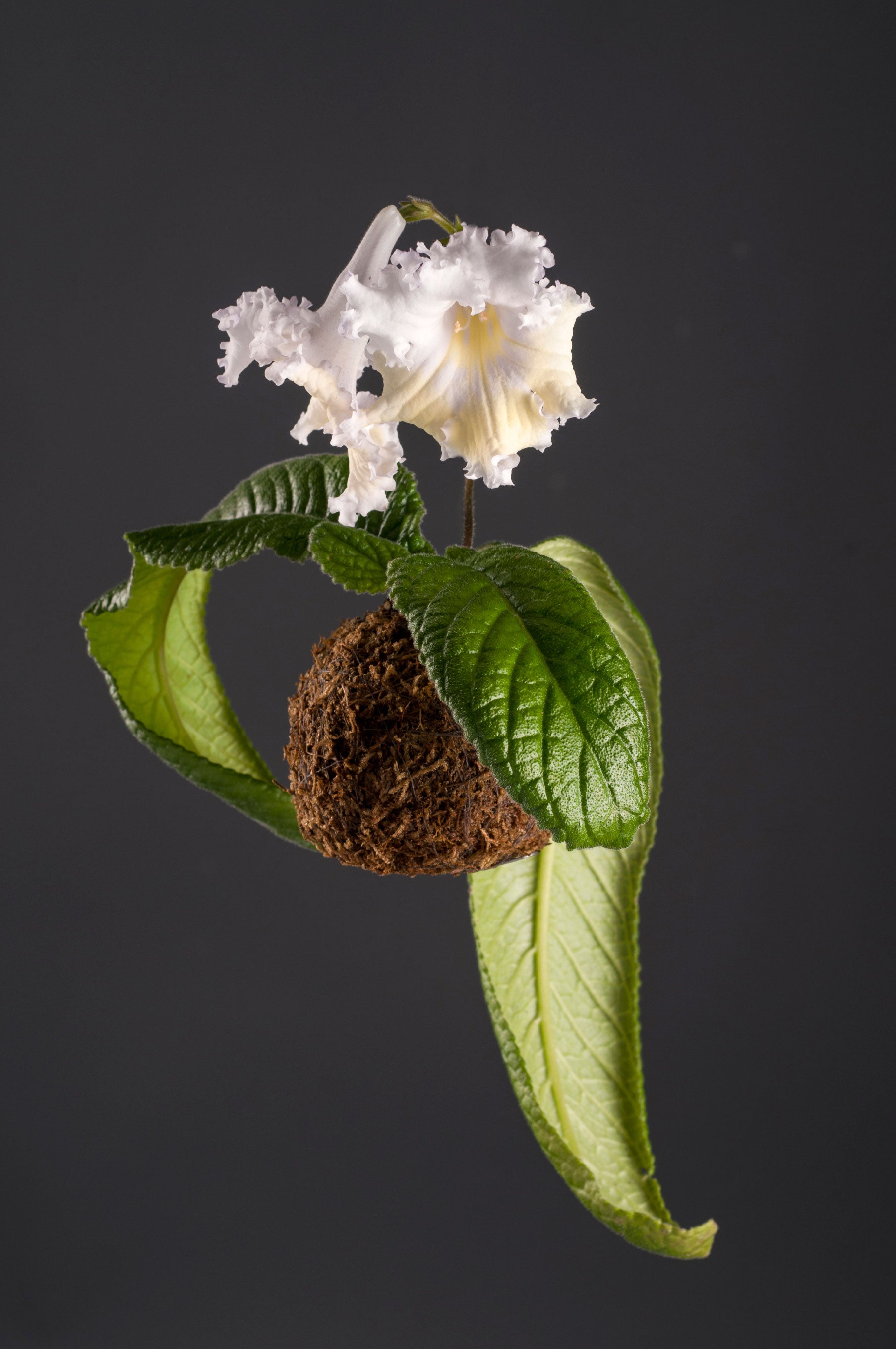Caring for Streptocarpella Indoors Or Outdoors


Tropical plants are among the most common plant specimens grown indoors. These beautiful species offer growers interesting and dynamic foliage that can enliven even the dreariest of indoor spaces. Several plant types may even bloom inside during the winter, providing for further ornamental value. Streptocarpella plant, for example, has the unique ability to bloom for an exceptionally long period of time. Learning more about streptocarpella care can help growers extend the beauty of their plants into the summer and beyond.
Growing Streptocarpella
Also known as false African violet, streptocarpella plant is a member of the Gerneriaceae family. First time growers most commonly acquire plants as a gift, or as a winter purchase from garden centers. It is easy for gardeners to be drawn to their gorgeous blue flowers and long cascading growth habit. One of the most commonly available cultivars, Streptocarpella ‘Concord Blue,’ is especially prized for its use as an annual in outdoor containers.
Delicate flowers, held high above the plant on fragile stems, offer much needed texture to indoor pots and outdoor plantings. Once established, streptocarpella plants grow to create a magnificent cascade of foliage and flowers. Many growers find that false African violets will flower freely on porches and in yards throughout the entirety of summer.
False African Violet Care
Though many plants within this family can be difficult to grow, streptocarpella care is relatively simple. Proper streptocarpella care begins with the selection of a high quality potting mix that drains well. Plants will also need ample room for root growth, though they are able to thrive in smaller containers, such as window boxes. False African violet care will require careful attention to the plant’s light needs. The best outdoor locations for these plants are those which receive very bright, yet indirect, sunlight.
Routine watering will be required in order to ensure that soils remain consistently moist, especially during prolonged periods of hot weather. As a tropical plant, false African violets are extremely sensitive to cold. All plants should remain indoors until temperatures consistently rise above 55 degrees F. (13 C.). This will help to avoid damage to leaves and prevent yellowing and potential dieback.
Gardening tips, videos, info and more delivered right to your inbox!
Sign up for the Gardening Know How newsletter today and receive a free copy of our e-book "How to Grow Delicious Tomatoes".

Tonya Barnett has been gardening for 13 years. Flowers are her passion. She has transformed her backyard into a cut flower garden, which she regularly chronicles on her YouTube channel http://www.youtube.com/@tonyawiththeflowers.
-
 Creative Ideas For Plant Containers: 7 Ways To Save Money And Add Charm To A Garden
Creative Ideas For Plant Containers: 7 Ways To Save Money And Add Charm To A GardenIf you are looking for great ways to add personality to your container gardening – and even save yourself some money – then try these creative ideas for plant containers
By Mary Ellen Ellis
-
 How To Make A Bouquet Garni Or Herb Bundle For Cooking
How To Make A Bouquet Garni Or Herb Bundle For CookingIf you’re a great cook, you may have made an herb bundle before. If this is a new idea, learn how to add sparkle and interest to your dish with a bouquet garni.
By Amy Grant
